A Guide to Moroccan Street Food Delicacies
10 min read Discover the vibrant flavors and iconic street foods of Morocco, from savory bites to sweet treats, in this comprehensive culinary guide. August 22, 2025 15:05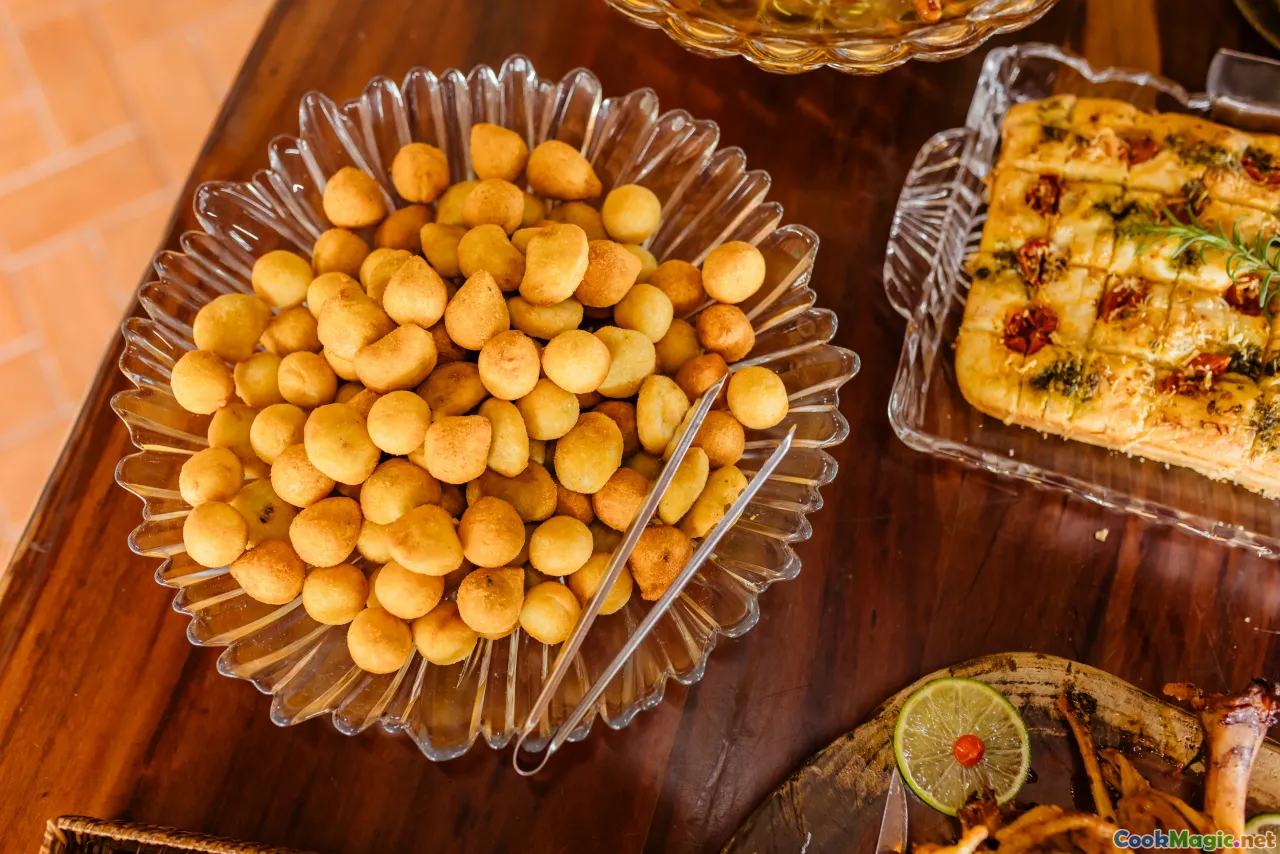
A Guide to Moroccan Street Food Delicacies
Stepping into the bustling streets of Morocco is like opening a vibrant, aromatic tapestry woven with centuries of culinary tradition. From the narrow alleys of Marrakech’s medina to the tranquil squares of Chefchaouen, street food embodies the soul of Moroccan culture — an intoxicating blend of spices, textures, and stories passed down through generations. Whether you’re a seasoned gourmand or a curious traveler, exploring Moroccan street eats offers an immersive experience that tantalizes all senses and deeply connects you to the heartbeat of this mesmerizing land.
The Soul of Moroccan Street Food: An Atmosphere of Color and Aromas
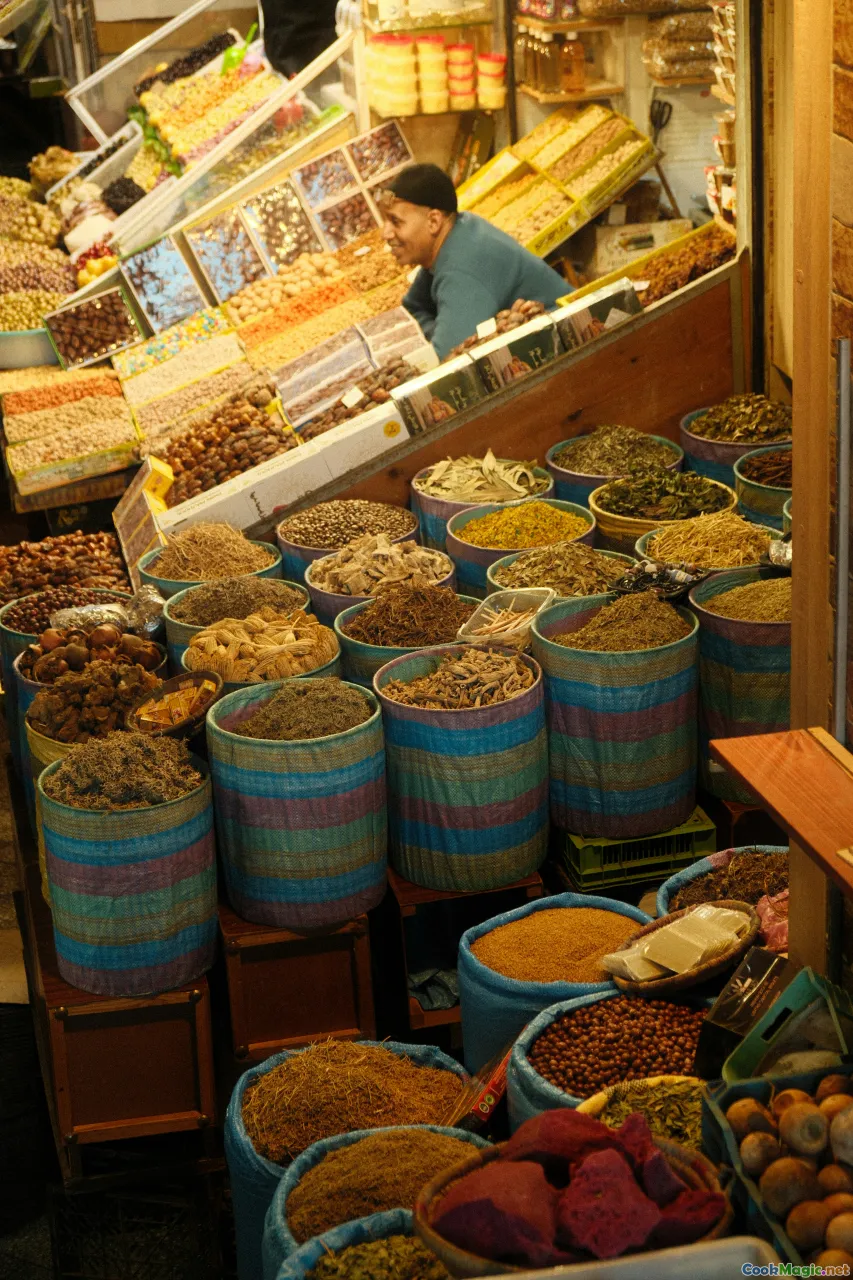
Moroccan street food isn't just about the dishes — it's an olfactory and visual feast. The medinas are alive with the clang of frying pans, the aroma of cumin, saffron, and preserved lemons mingling in the air, and colorful displays of produce, sweets, and steaming tagines. Local vendors, with wide welcoming smiles and traditional djellabas, beckon passersby to taste their latest creations. Walking through these markets feels like traversing through a living, breathing art installation where every corner promises sensory discovery.
Signature Dishes Every Foodie Must Taste
1. Moroccan Sandwich (Msemen and Pastilla Variants)

Moroccan street sandwiches are a core component of daily life. Think crispy msemen folded over savory fillings, or small, delicate pastillas filled with spiced chicken, almonds, and honey that create a harmonious explosion of textures and flavors. Vendors assemble these on the spot, layering flaky bread with rich, aromatic ingredients — a perfect portable indulgence.
2. Brochettes and Grilled Meats
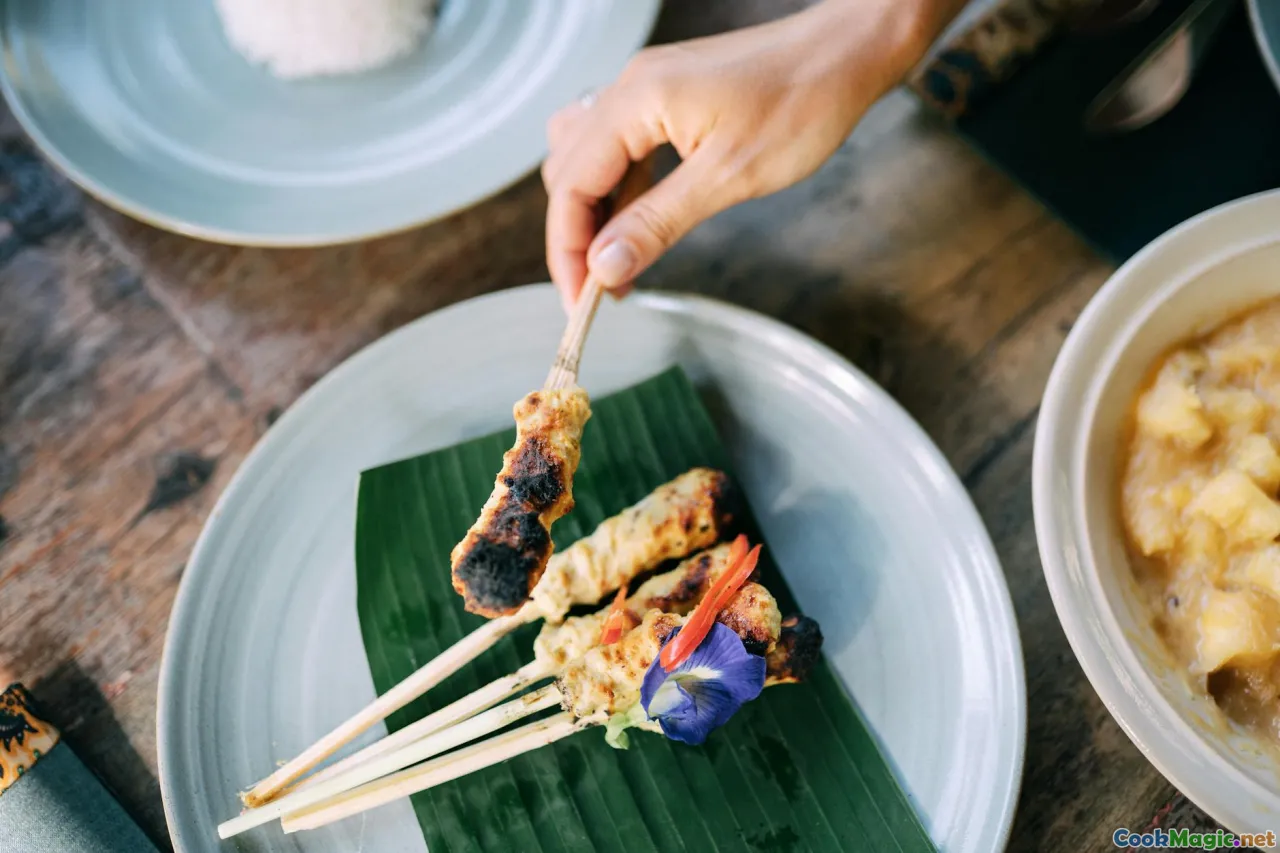
Amidst the smoky scents wafting through the air, skewered lamb, beef, or chicken meats sizzle over open charcoal pits. Marinated with traditional blends of paprika, cumin, garlic, and olive oil, these skewers are juicy, tender, and bursting with flavor — often served with warm chunks of khobz (flatbread) and tangy preserved vegetables.
3. Seafood Delights on the Atlantic Coast
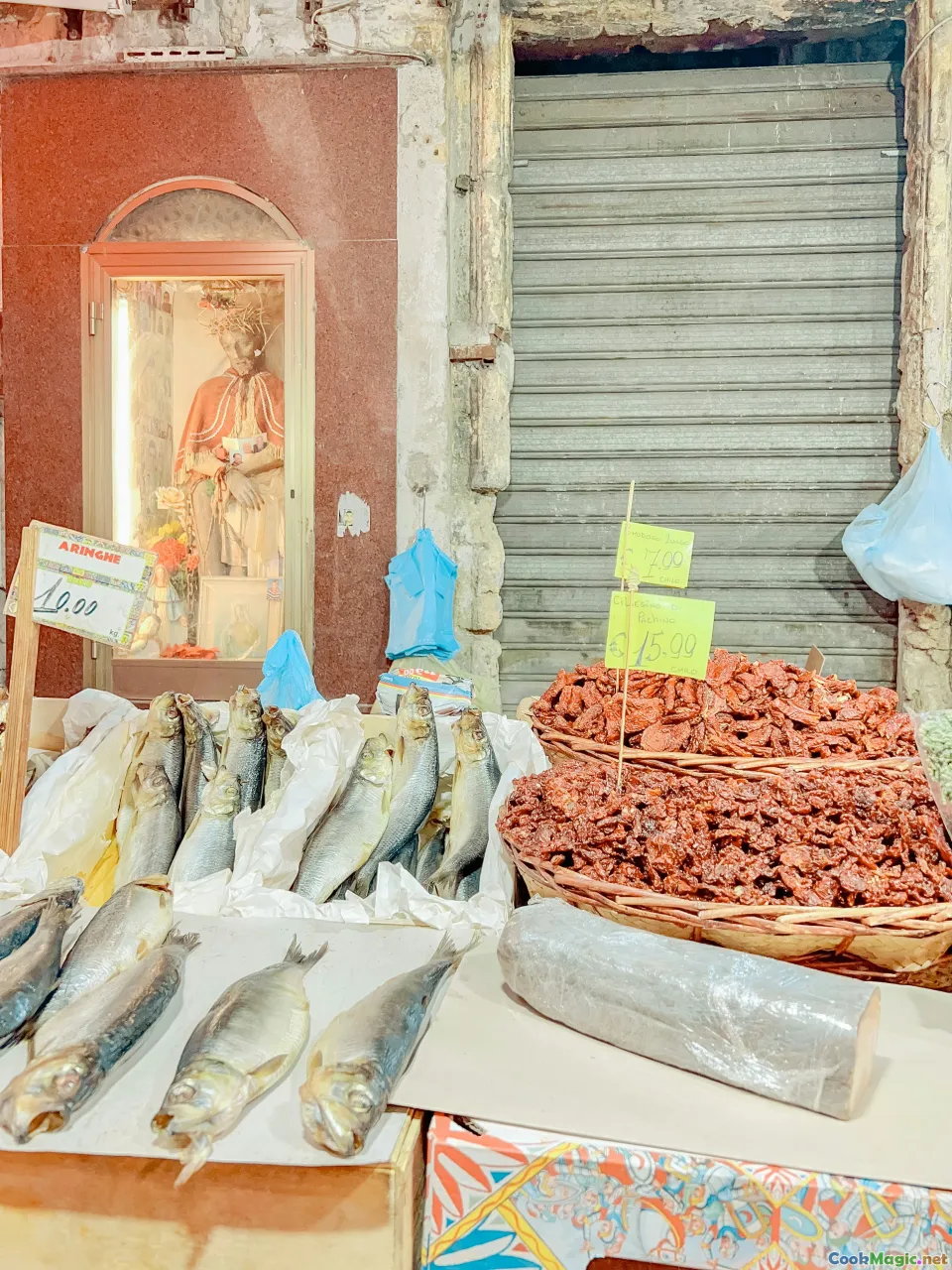
In port cities like Essaouira, fresh seafood is king. Vendors offer grilled sardines, calamari, and shrimp, seasoned simply with salt, lemon, and herbs, revealing the mouthwatering freshness straight from the Atlantic. It’s common to see trays piled high with shimmering fish, ready to be grilled or fried on the spot.
4. Snacks and Sweets: The Kingdom of Flavors

Sweet tooths will find solace in Moroccan treats like zkak (deep-fried dough balls dusted with sugar), sellou (a sweet, nutty paste typically enjoyed during Ramadan), and msemen with honey. For a refreshing pause, fresh fruit salads with sprinkled cinnamon and crushed pistachios are commonly sold alongside roasted chestnuts.
The Essence of Street Food Preparation: Crafting Flavors in the Open
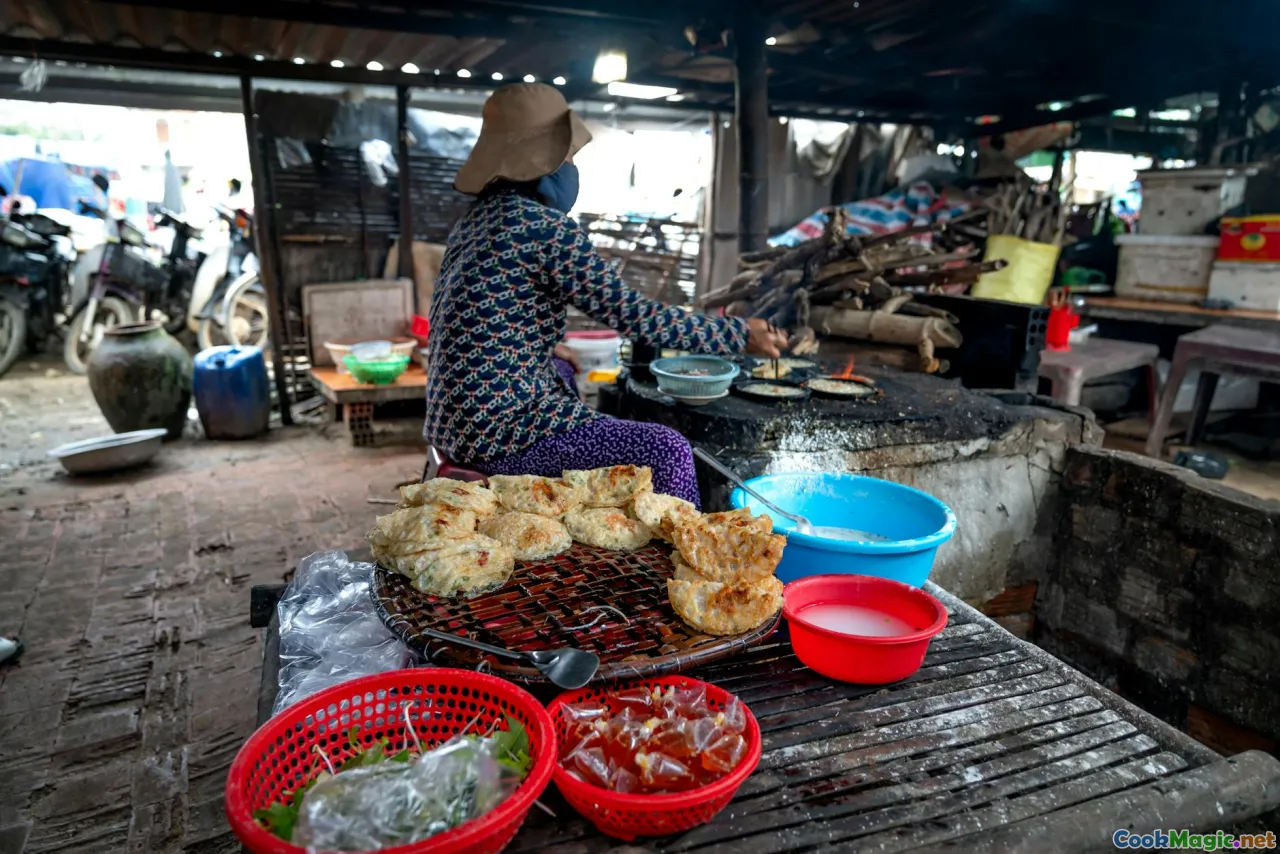
Moroccan street cooking is an art of improvisation and intimacy. Vendors work swiftly at open-air stalls, tending to simmering tagines, flipping skewers, or preparing fresh flatbreads in traditional clay bakeries called m'azara. The methods haven't changed much over centuries — clay pots, wood-fired grills, and age-old spice blends are the tools that create signature flavors.
For example, the process of making briouats — flaky, fried pastries filled with cheese or minced meat — involves folding layered filo dough, sealing in fillings with a dab of honey, then frying to crispy perfection. The sizzling sound, combined with the scent of toasted sesame and cumin, creates an irresistible invitation.
Regional Variations: How Geography Shapes Flavor Profiles
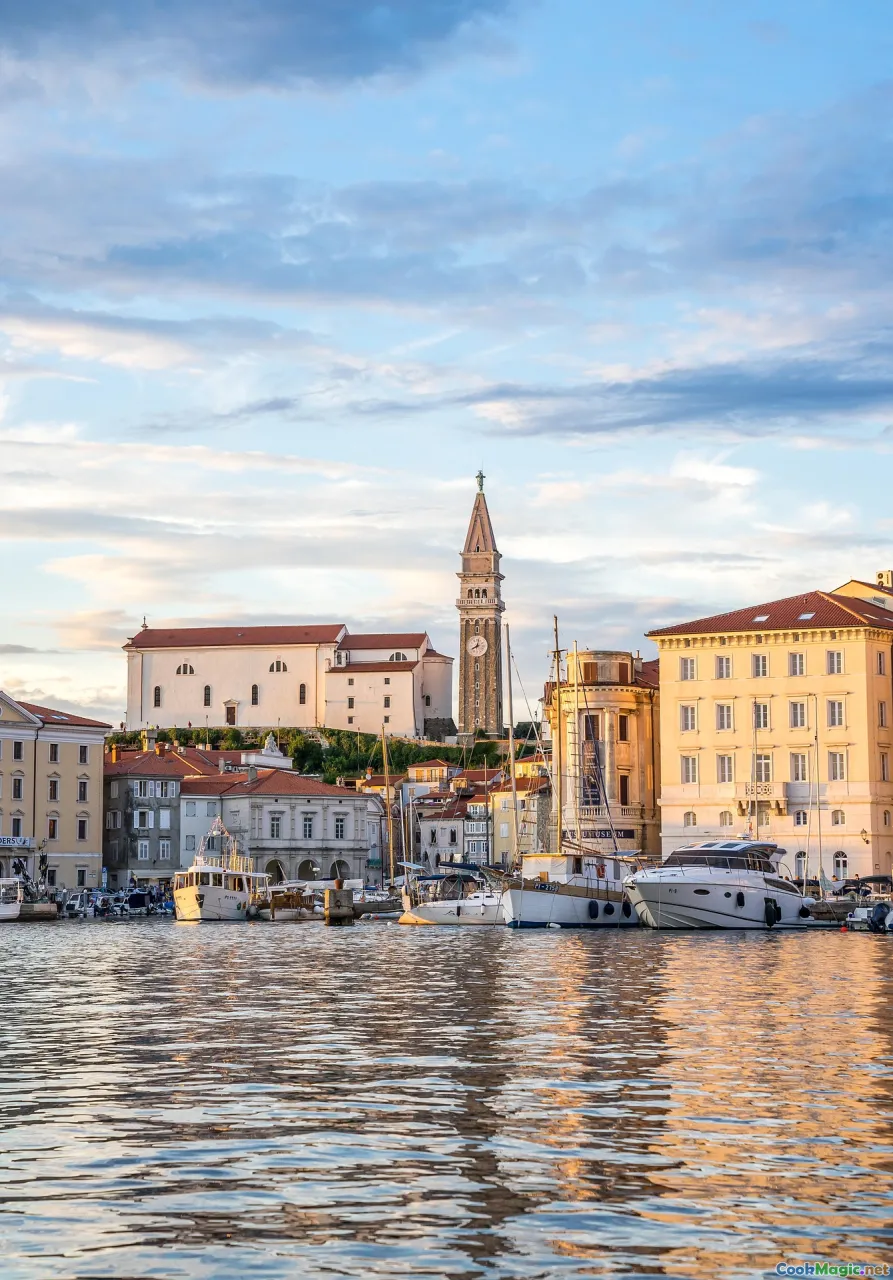
Moroccan cuisine is as diverse as its landscapes. Coastal cities focus on fresh seafood, with blisteringly spicy chermoula-marinated fish that reflect Mediterranean influences. The Sahara desert regions favor hearty, nourishing fare like camel milk cheeses and dried meats, offering a different flavor palette. Meanwhile, the mountainous Rif and Atlas regions bring in preserved olives, wild herbs, and mountain-grown saffron that elevate street dishes. Each region’s street vendors showcase flavors rooted in their environment, making every city a new chapter in the Moroccan culinary story.
Tips for an Authentic Street Food Experience
- Follow the Locals — The busiest stalls are often the best, validated by a crowd of riders and diners.
- Practice Basic Etiquette — Greet vendors with Moroccan hospitality expressions like Salam or Bismillah, and accept samples graciously.
- Be Open to Spices — Street food often features bold, sometimes fiery flavors. Do feel free to ask for milder versions.
- Use Hands and Bread — Embrace Moroccan dining style: eating with your hands, tearing off pieces of warm khobz to scoop up dishes.
- Stay Hygienic — Choose stalls that display food freshly prepared and are kept clean.
A Personal Tale: Immersed in Marrakech’s Food Market
Stepping into Marrakech’s Jemaa el-Fnaa square just after sunset, I was immediately enveloped in a whirlwind of colors and aromas. Vendors shouted HONEST prices over the rhythmic clattering of #tagines being stirred and #skewers sizzling on open flames. I sampled babbouche (snail stew), savoring the aromatic broth infused with coriander and lemon, and was drawn to a stall specializing in sfenj, Moroccan donuts dusted generously with sugar.
What struck me most was not just the food but the communal spirit — families sharing plates, teenagers experimenting with spicy harira soup, elders reminiscing over tea and chebakia. This was more than a culinary experience; it was an intimate glimpse into Moroccan life, rich with tradition and laughter.
Final Thoughts: Embracing the Moroccan Food Spirit
Moroccan street food is an open door into the heart of a nation proud of its history, culture, and flavors. It’s a sensory journey through ancient markets, spice stalls, and seaside grills, where every bite carries the stories of generations. For those willing to explore, the streets are not just a place to eat — they are an invitation to connect deeply with Morocco’s soul.
Whether nibbling on a fragrant snail braise, biting into flaky briouats, or sipping mint tea amidst a busy market, the essence of Morocco’s street cuisine lies in its warmth, authenticity, and the stories that unfold with each dish. So, lace up your walking shoes and prepare your palate — the vibrant, delicious world of Moroccan street food awaits you.









